Ancient History looks at every aspect of the ancient world: you'll find articles covering politics, society, literature, language, religion, economics, and art - all in one magazine! Like its big brother, Ancient Warfare, Ancient History Magazine is a bi-monthly, 60-page magazine that relies on a thematic approach: each issue is centered around one specific subject. From ancient Egyptian trade and Roman family life to the lost city of Pompeii, there's sure to be something for everyone - all presented in a well-researched but accessible, fun manner.
Ancient History Magazine
EDITORIAL – GODS, HEROES, AND EMPERORS
Monumental architecure in ancient Sardis
PRELIMINARIES
Opulent bathhouse discovered at Baiae
WILDNESS AND THE GREEK IMAGINATION CENTAURS • Centaurs are perhaps one of the best know figures in Greek mythology. The half-man, half-horse can be seen on vases and the metopes of the Parthenon. For hundreds of years, they were visually striking and popular, yet everything about them was odd. From their origins to their bodies, centaurs were a challenge to the imagination.
A MILITARISTIC SOCIETY? CLASSICAL SPARTA • Classical Sparta in the fifth and early fourth centuries BC is often viewed as a militaristic society. It is commonly stated that Sparta's citizens, the Spartiates, devoted their lives to war and military training; that they were full-time professional soldiers, and even warrior-heroes. Such images pervade popular media. But was Sparta really a military boot camp or is that just part of the ‘Spartan mirage’?
WHEN RELIGION MEETS POLITICS WORSHIPPING THE IMPERIAL FAMILY • The term ‘imperial cult’ is misleading. In ancient Rome, there was no such thing as the imperial cult. Instead, this modern term is an attempt to catalogue and define a collection of diverse rituals, priesthoods, sacred buildings, statues, and honorific titles all related to the worship and commemoration of the emperor and his family. The worship of the imperial family played an important role in the social, political, and religious landscape of the empire. The emperor and his family were the focal point of the empire, and their worship created a sense of unity and shared identity amongst those living within its boundaries.
Divine ancestry
HIDDEN SECRETS OF ANCIENT MAGIC CURSE TABLETS IN THE ROMAN WORLD • Curse tablets were a common tool used by Romans who were seeking supernatural aid. Made by all kinds of people for all manner of purposes, they offer a valuable window into the social and religious world of everyday people in antiquity.
THE BEST OF BROTHERS ROMAN WORSHIP OF CASTOR & POLLUX • Castor and Pollux, the deified brothers known as the Dioscuri, were unusually active gods in the Roman pantheon. They were not content to be worshipped only within their temples in the city of Rome, communicating with their followers through signs and sacrifices; instead, these gods were believed to appear to the Romans to aid them in moments of great danger. Always together, these brothers saved the day at pivotal battles, protected horsemen, and eventually acted as models of fraternal devotion for pairs of potential imperial heirs.
The cult of the Dioscuri in Greece
ROMAN HOUSEHOLD GODS WATCHING OVER THE FAMILY • Roman homes were protected by a variety of household gods. Some were associated with the physical home and its occupants, and others were associated with the pantry or the hearth. These gods evolved over time, before their worship was officially ended in the fourth century AD.
ONE TOWN, MANY FAITHS RELIGIOUS LIFE IN DURA-EUROPOS • On the eastern edge of the Roman Empire in the second and third centuries, a multilingual and multicultural site flourished, one with a diverse religious landscape, including a very early Christian building and a synagogue....
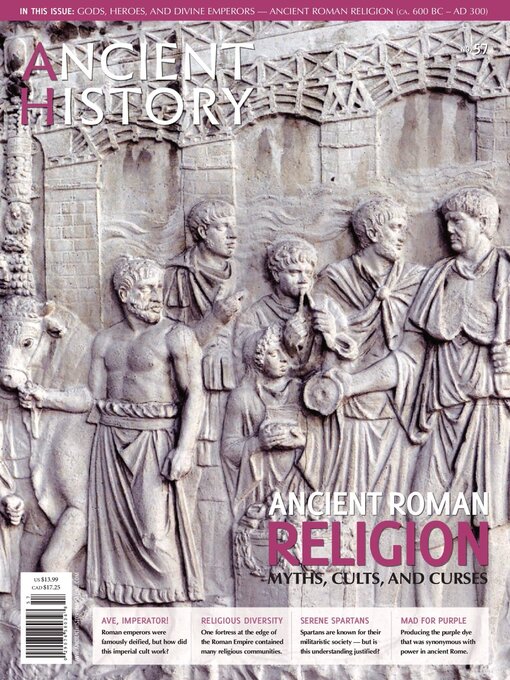
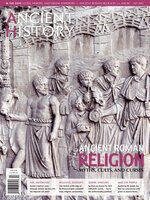 AH 57
AH 57
 AH 56
AH 56
 AH 55
AH 55
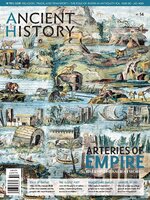 AH 54
AH 54
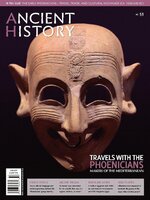 AH 53
AH 53
 AH 52
AH 52
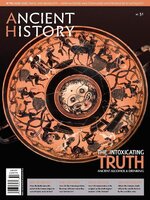 AH 51
AH 51
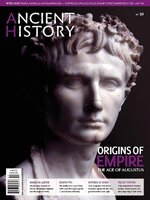 AH 50
AH 50
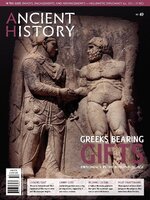 AH 49
AH 49
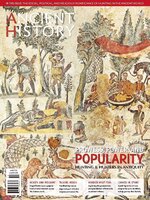 AH 48
AH 48
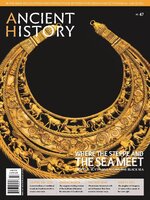 AH 47
AH 47
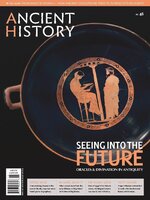 AH 46
AH 46
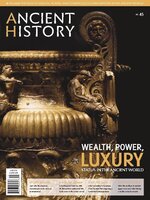 AH 45
AH 45
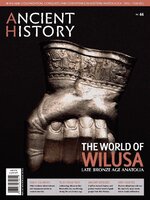 AH 44
AH 44
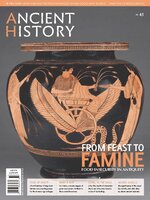 AH 43
AH 43
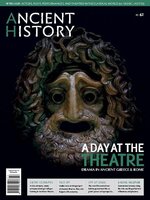 AH 42
AH 42
 AH 41
AH 41
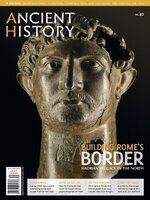 AH 40
AH 40